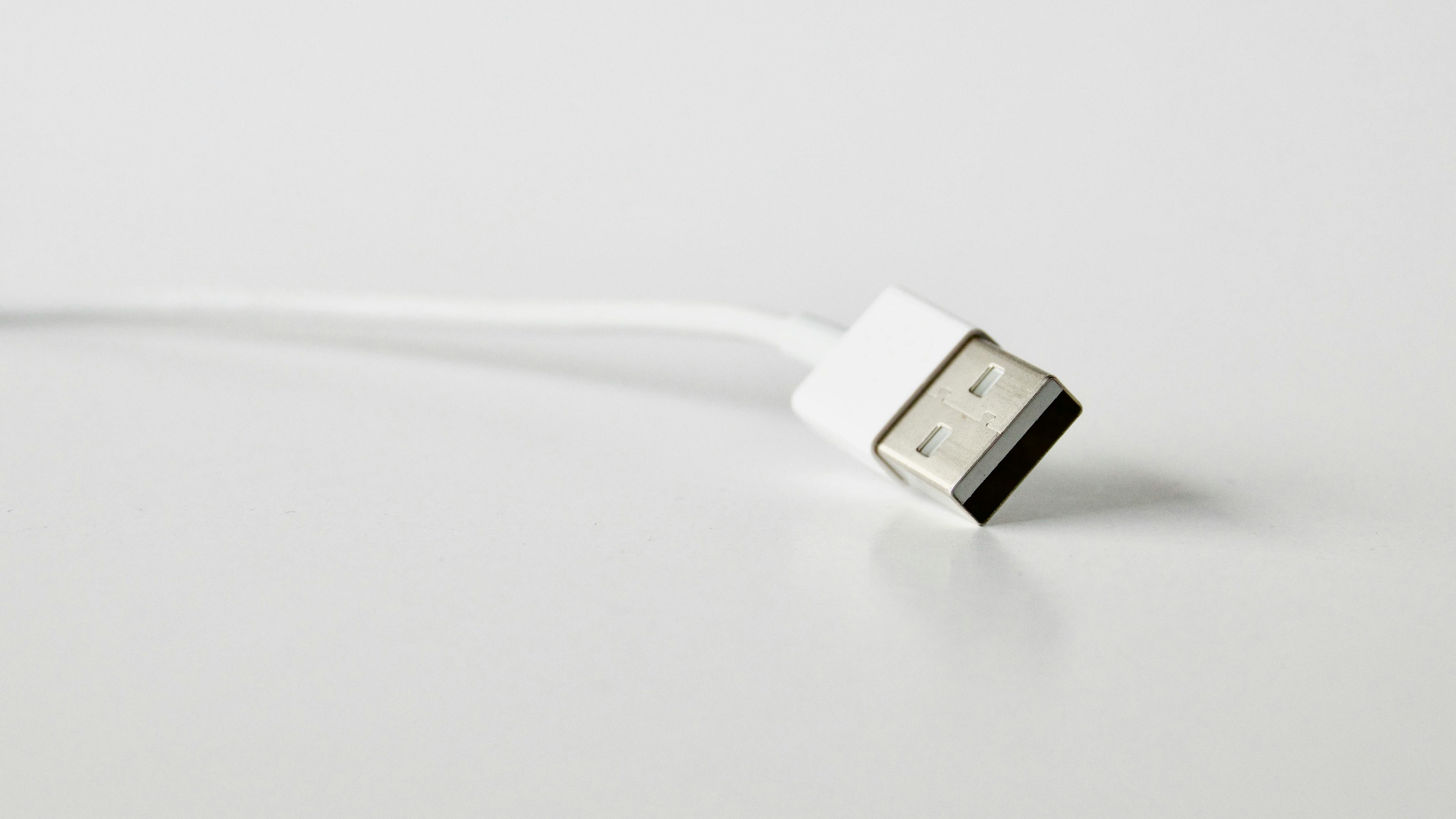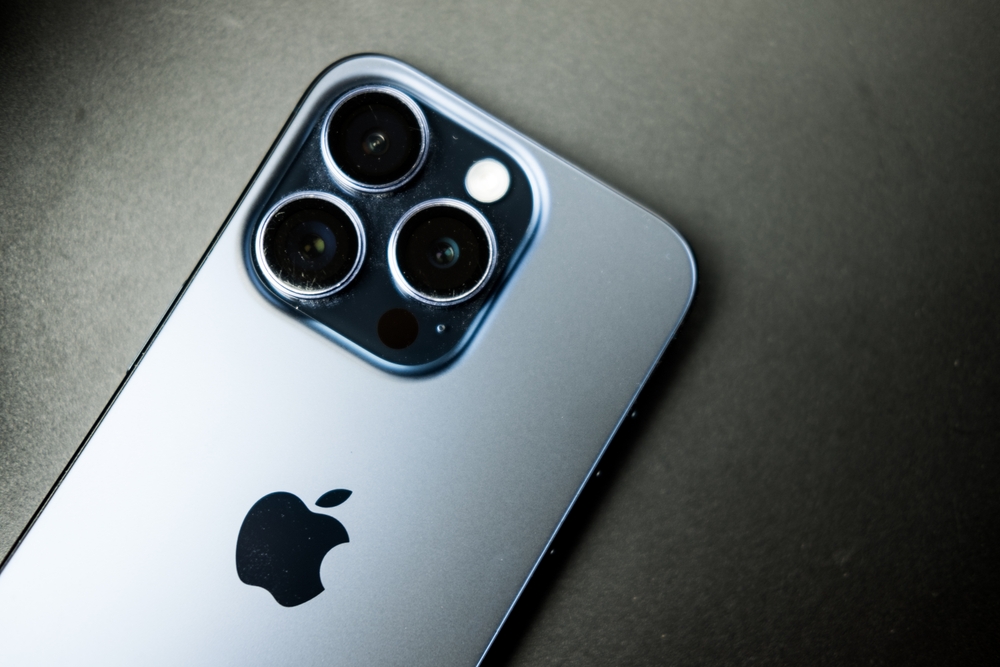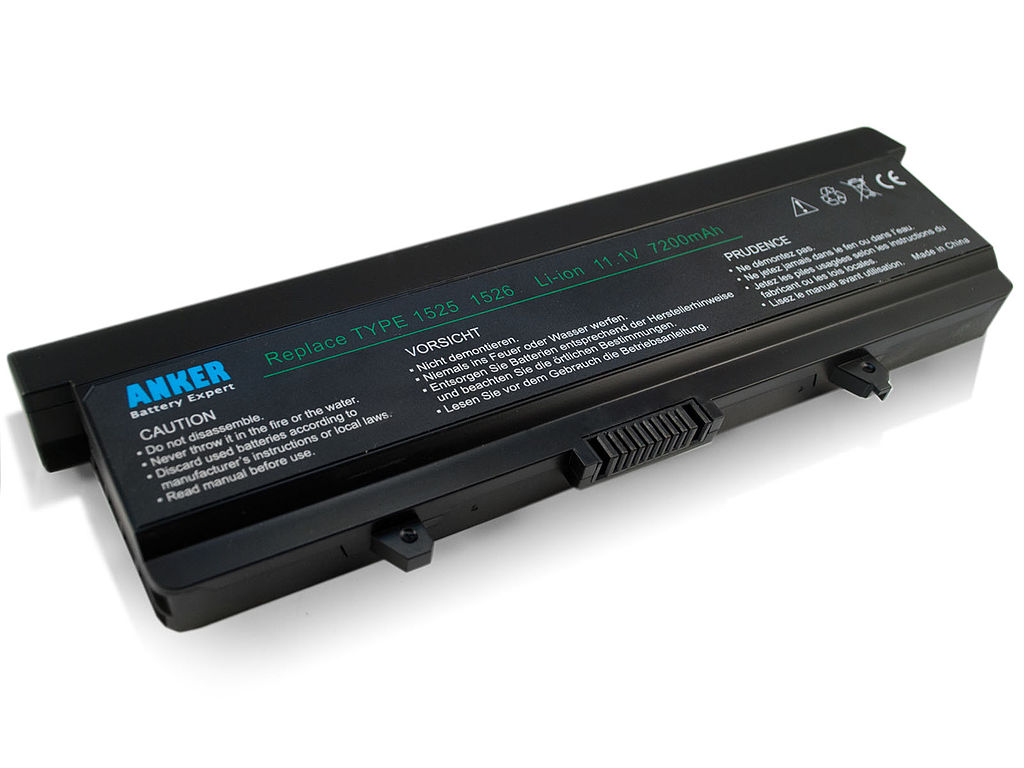It’s easy to assume that certain tech habits save money, but many actually do the opposite. From holding onto outdated gadgets to skipping maintenance, these habits can end up costing more than you think. Small, everyday choices with your devices may be silently draining your wallet. In this article, we’ll look at the common tech habits that could be hurting your budget.
Failing to Upgrade Your Old Devices

Holding onto outdated tech might seem like a money-saving choice, but it can end up costing you more in the long run. Older devices often require more repairs and use more energy to operate efficiently. For example, running an outdated laptop could cost you around $100 a year in lost productivity and energy costs. Avoid this by upgrading when necessary, especially if the device is slowing you down or increasing your electricity bill. While upgrading may feel like a bigger upfront cost, it’s often a smarter financial decision long-term.
Overpaying for Expensive Phone Plans

Many people stick to the same mobile plan for years, thinking it’s the most cost-effective option. In reality, you might be paying for features you no longer need or use, like excess data. Sticking with these plans could mean wasting up to $300 annually. To avoid this, review your phone plan every six months and switch to a more affordable option that suits your actual usage. Opting for prepaid plans or smaller carriers can save you a significant amount.
Ignoring Software Updates

Skipping software updates can lead to more than just slow performance—it opens your devices to security vulnerabilities, leading to costly repairs or even data theft. A single malware attack due to an outdated system could cost you hundreds, or more if personal information is compromised. To avoid these risks, always enable automatic updates for your devices and apps. Regular updates keep your tech running smoothly and protect you from potential threats. The small time investment pays off in the long run.
Buying Cheap Charging Cables

Opting for cheap, third-party charging cables may seem like a good way to save, but they often wear out faster and can damage your devices. A damaged charging port could cost upwards of $100 to fix. Instead, invest in quality, brand-approved cables that last longer and protect your tech. A durable $20 cable can prevent unnecessary repair costs. In the long run, spending more upfront on quality accessories saves money.
Using Energy-Hungry Appliances

Outdated tech appliances like old monitors or power-hungry desktops can lead to higher energy bills. On average, keeping these devices running can add an extra $150 per year to your electricity bill. The fix? Switch to energy-efficient models that have lower power consumption. Turning off devices when not in use or investing in smart power strips can also help reduce unnecessary energy usage. Over time, these habits can save you more than you expect.
Paying for Unused Subscriptions

Many of us sign up for tech-related subscriptions, from streaming services to cloud storage, that we hardly use. These can quietly drain your wallet by as much as $200 annually if left unchecked. Take inventory of all your subscriptions and cancel any you’re not using. Set reminders to review your subscriptions every few months. It’s an easy way to keep costs under control without sacrificing much.
Holding Onto Outdated Software

Old software can slow down your devices, making them less efficient and increasing your overall operational costs. For example, outdated antivirus programs might not fully protect your system, leading to costly security breaches. Investing in newer software versions or transitioning to free, updated alternatives can prevent these problems. Make it a habit to review the programs you rely on and upgrade when necessary. It may cost a bit upfront, but it saves on long-term repair and replacement costs.
Avoiding Regular Maintenance

Tech devices, like laptops or smartphones, need regular cleaning and maintenance to function properly. Skipping this can cause overheating or other technical issues, leading to costly repairs, which may range from $50 to $300 depending on the device. Clean out dust, manage your storage, and check for any system updates regularly to keep things running smoothly. Even simple habits like shutting down devices properly can make a difference. Spending a little time on maintenance can save you from unexpected repair bills.
Using Multiple Streaming Services

Subscribing to several streaming services might feel like a minor expense, but it adds up quickly. The average household spends up to $500 annually on various platforms, many of which go underused. Consolidate your subscriptions by choosing one or two services you actually use. You can also share family plans or take advantage of free trials to avoid unnecessary charges. The fewer subscriptions, the less money drained from your bank account.
Opting for Extended Warranties

Extended warranties often seem like a smart way to protect your tech, but they can cost hundreds and are rarely used. For instance, paying $150 for a warranty on a $300 device doesn’t make financial sense when the likelihood of needing it is low. Instead, rely on the manufacturer’s warranty or consumer protections like credit card coverage. Only opt for extended warranties on high-ticket items or devices you know you’ll use for several years. Otherwise, it’s just money out the window.
Buying Tech Accessories You Don’t Need

It’s tempting to load up on accessories like cases, stands, and adapters, but most of these items aren’t necessary. Spending $50 here and there on extras can quickly turn into hundreds of dollars over time. Focus on buying only what you need, such as a protective case or a good quality charger. Skip the flashy accessories that offer little function. Being selective will keep your spending in check without sacrificing the performance of your devices.
Skipping Data Backups

Not backing up your data regularly can lead to costly data recovery efforts, which can range from $100 to $1,500, depending on the severity of the issue. Regularly backing up your files to the cloud or an external hard drive can prevent this. Cloud services like Google Drive or iCloud offer free storage for basic needs, saving you from paying for expensive data recovery. Make it a habit to back up your data weekly. This small step can save you from major financial headaches down the road.
Using Outdated Printer Models

Older printers tend to waste ink and paper, driving up your operating costs. In fact, using an outdated printer can cost you up to $200 a year in ink alone. Consider upgrading to a newer, more efficient model that uses less ink and offers features like duplex printing. You can also opt for ink subscription services, which often provide discounts for frequent users. Switching to a modern printer can pay for itself within a year.
Not Optimizing Device Settings

Many people overlook optimizing their device settings for power-saving modes or efficiency. For example, leaving your phone or laptop on high brightness or with unused apps running in the background drains the battery faster, costing you more in replacements or repairs. Adjusting your settings to conserve power can extend the life of your device and reduce electricity costs. This small tweak could save you up to $50 annually in energy costs. It’s a quick fix that can prevent wear and tear on your devices.
Buying the Latest Model Right Away

Upgrading to the newest tech as soon as it’s released can be a costly habit. A brand-new smartphone can set you back $1,000, while waiting just a few months could save you hundreds as prices drop. Hold off on upgrading until it’s truly necessary or when the price stabilizes. Avoid getting caught up in the hype of new releases. Patience often pays off when it comes to tech purchases.
Overlooking Recycling Programs for Old Tech

Many people miss out on savings by not taking advantage of recycling or trade-in programs for old devices. You can earn up to $200 by trading in your old phone or tablet toward a new purchase. Don’t let your old tech sit in a drawer collecting dust—trade it in or recycle it for rewards. Many stores and manufacturers offer credits or discounts for turning in used devices. It’s an easy way to cut down the cost of new tech purchases.
Using Old Batteries

Continuing to use old or damaged batteries in your devices can lead to poor performance and potential damage. Replacing a battery at the wrong time can cost between $50 and $150, but neglecting it could lead to device failure. Keep an eye on your battery health and replace it when necessary. Investing in a new battery is a small cost compared to the price of a whole new device. Maintaining battery life extends the lifespan of your tech and keeps overall costs down.
This article originally appeared on UnifyCosmos.
More from UnifyCosmos
23 Common Parenting Mistakes and How to Dodge Them

Parenting is a journey filled with learning and growth. While every parent aims to do their best, common mistakes are inevitable. Read More
15 Best Lightweight Foundations for Hot Weather

When the temperatures rise, the last thing you want is a heavy foundation melting off your face. That’s why finding the perfect lightweight foundation for hot weather is essential. Read More
20 Effective Communication Strategies for Couples

Good communication is the foundation of a strong relationship. But it’s not always easy to maintain. Read More
Leave a Reply